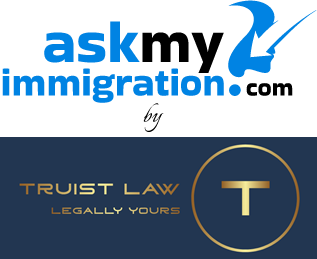Services List
- E-1 Visa
- E-2 Visa
- E-3 Visa
- EB-1 Visa
- EB-2 Visa
- EB-3 Visa
- EB-4 Visa
- EB-5 Visa
- F-1 Visa
- H-1B Visa
- K-1 Visa
- J-1 Visa
- L-1A Visa
- L-1B Visa
- M-1 Visa
- O-1 Visa
- P Visa
- R-1 Visa
- TN Visa
- Asylum & Deportation
- Citizenship by Investment
- Employer Sponsored Green Card
- Green Card Renewal
- Green Card Through Marriage
- National Interest Waiver
- Naturalization
- Perm. Labor Certification
- Reentry Permit
- Refugee Travel Document
Related Downloads
The EB-3 visa is an employment-based immigrant visa that allows skilled workers, professionals, and unskilled workers to obtain permanent residency in the United States. The EB-3 visa is one of several types of employment-based visas available to foreign workers who wish to live and work in the United States.
EB-3 Visa Categories
The EB-3 visa is divided into three categories:
Skilled Workers: Skilled workers are individuals who have at least two years of job experience or training in a skilled occupation that requires at least two years of training or experience.
Professionals: Professionals are individuals who hold a baccalaureate degree or its foreign equivalent in a profession that requires at least a baccalaureate degree or its foreign equivalent.
Unskilled Workers: Unskilled workers are individuals who are capable of performing labor that requires less than two years of training or experience, such as agricultural workers, housekeepers, or janitors.
EB-3 Visa Eligibility
To be eligible for an EB-3 visa, the applicant must have a job offer from a U.S. employer, and the employer must obtain a labor certification from the U.S. Department of Labor to show that there are no qualified U.S. workers available to fill the position.
In addition, the applicant must meet the following requirements:
Skilled Workers: Have at least two years of job experience or training in a skilled occupation.
Professionals: Hold a baccalaureate degree or its foreign equivalent in a profession that requires at least a baccalaureate degree or its foreign equivalent.
Unskilled Workers: Be capable of performing labor that requires less than two years of training or experience.
EB-3 Visa Application Process
The EB-3 visa application process involves several steps:
Labor Certification: The U.S. employer must obtain a labor certification from the U.S. Department of Labor to show that there are no qualified U.S. workers available to fill the position.
Immigrant Petition: Once the labor certification is approved, the U.S. employer must file an immigrant petition on behalf of the foreign worker.
Visa Application: After the immigrant petition is approved, the foreign worker can apply for an EB-3 visa at a U.S. embassy or consulate.
EB-3 Visa Cap
The EB-3 visa has an annual cap of 40,000 visas per year, which is divided among the three categories of skilled workers, professionals, and unskilled workers.
EB-3 Visa Wait Time
The wait time for an EB-3 visa can vary depending on a variety of factors such as the demand for visas, the individual’s country of origin, and other factors. Some individuals may experience a longer wait time than others, particularly if their country of origin has a high demand for visas.
EB-3 Visa Benefits
The EB-3 visa allows foreign workers to obtain permanent residency in the United States, which allows them to live and work in the United States without any time restrictions. In addition, EB-3 visa holders can apply for U.S. citizenship after a certain period of time.
EB-3 Visa Limitations
There are some limitations to the EB-3 visa, including the annual cap on the number of visas available, the requirement for a job offer from a U.S. employer, and the need to obtain a labor certification from the U.S. Department of Labor. In addition, EB-3 visa holders must maintain their employment with the sponsoring employer to maintain their permanent residency status.

